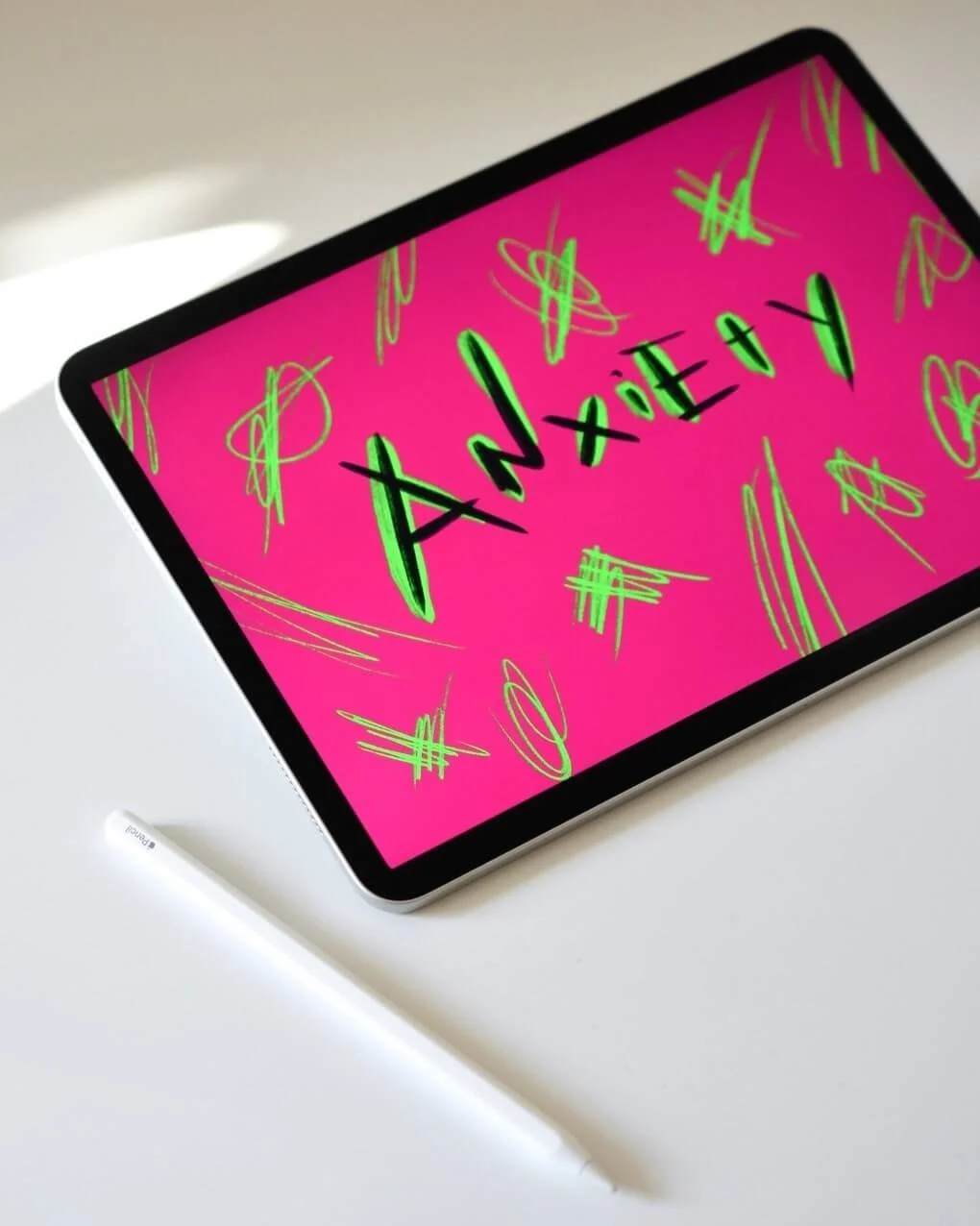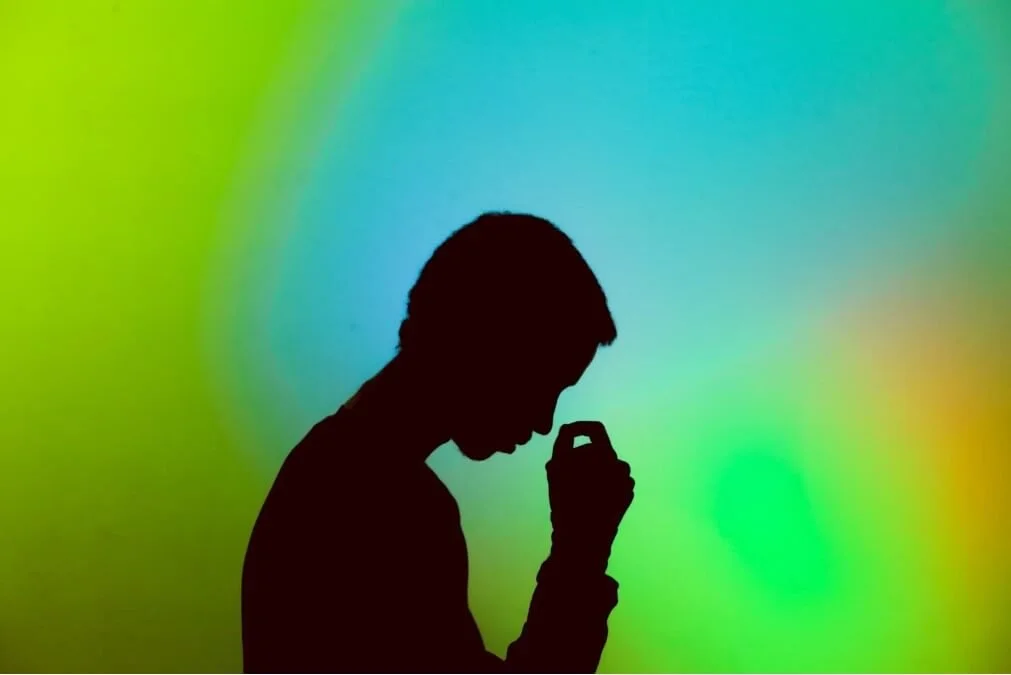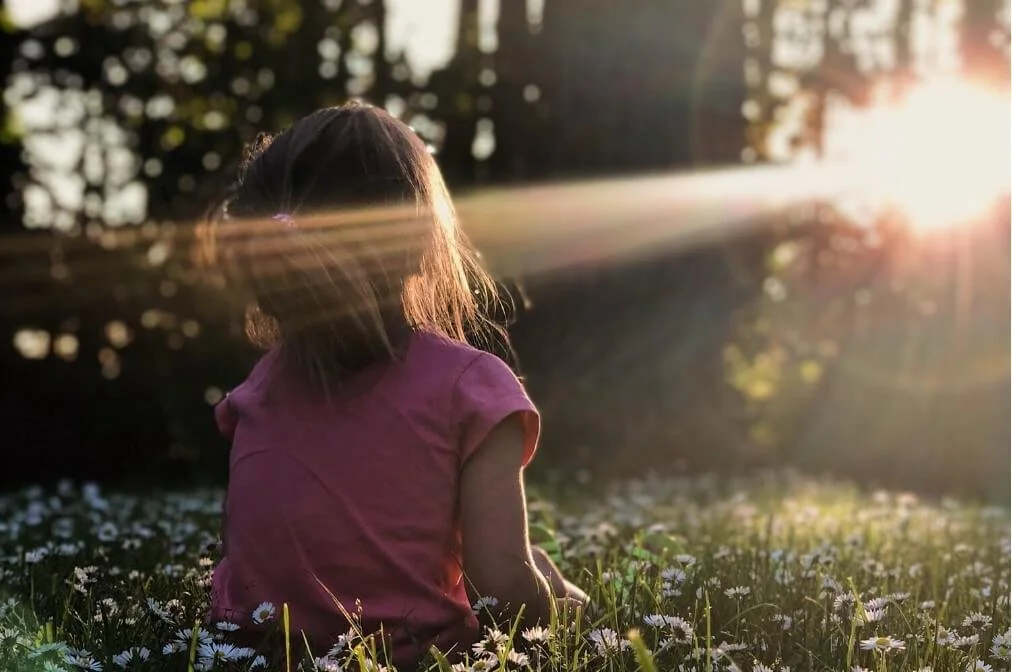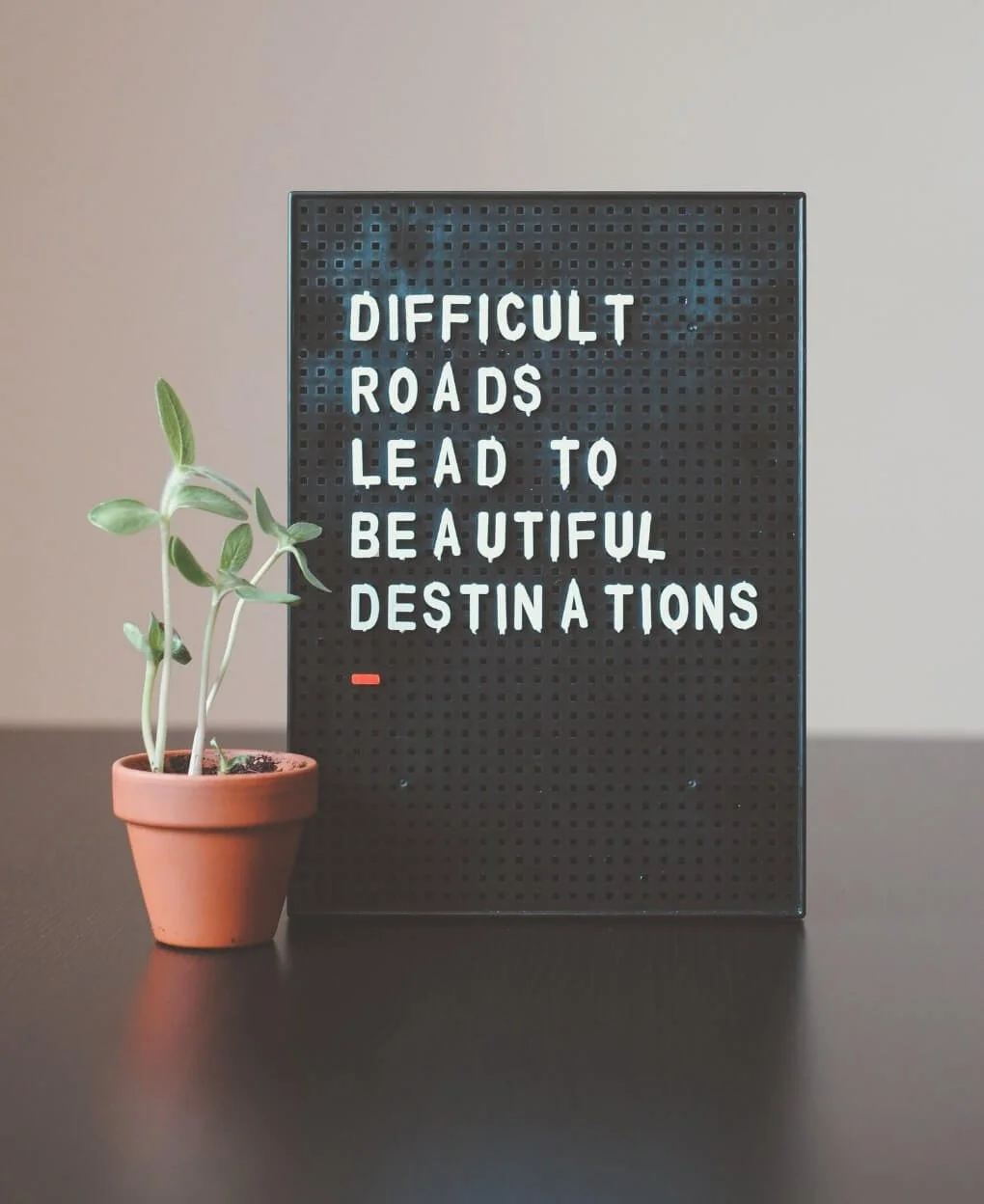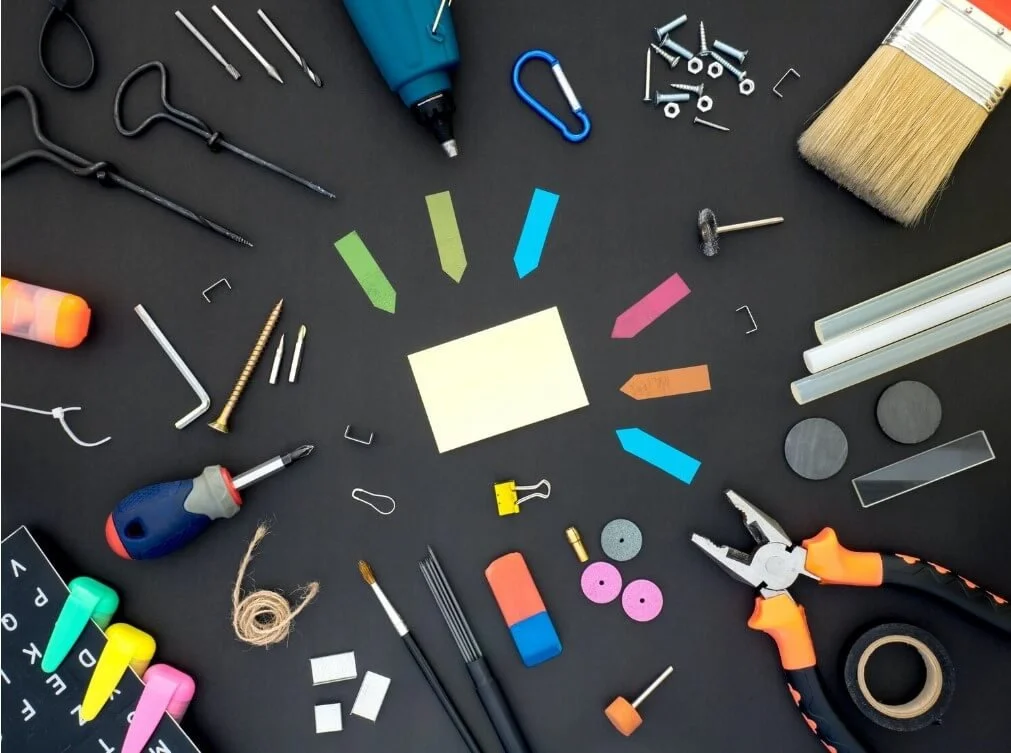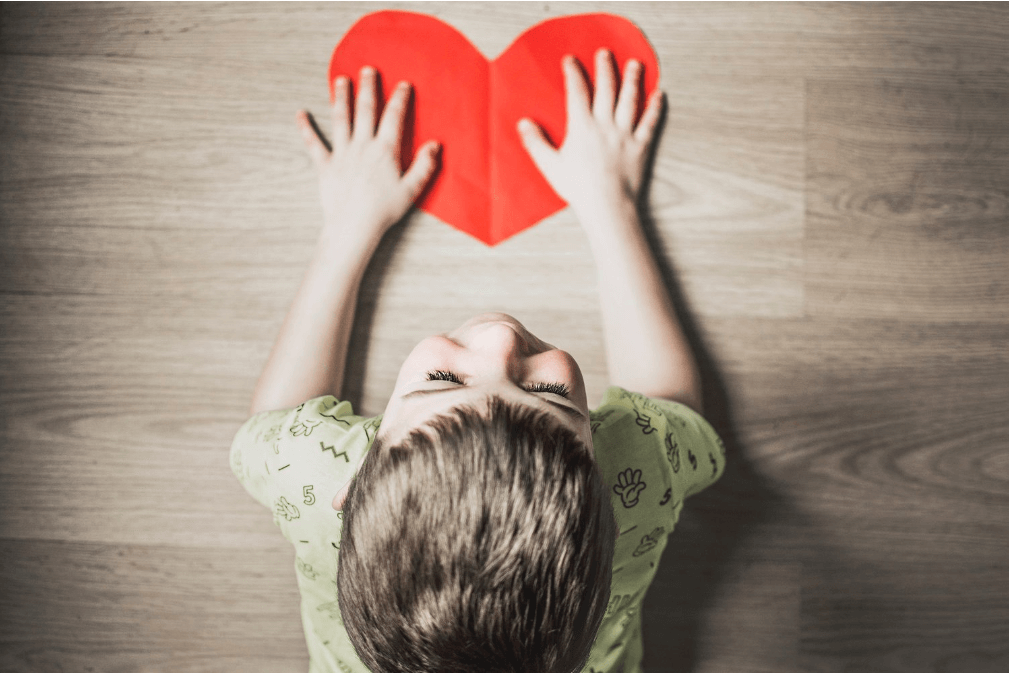Your Armour for Anxiety - August 2021
The Friendly Fives
August 2021
There are so many ways to describe anxiety. There are so many ways to experience it. So many ways it gets inside, so many ways it shows, and so many ways to try and hide it. It’s exhausting. It’s stressful. It’s a thief. Of time. Of moment. Of person.
Anxiety around the world impacts so many individuals, possibly more now than ever before. Anxiety is the top mental health concern for Australians. It needs immediate action. We need to build armour against it, individually and together.
Peeling back the layers of the physical, psychological, neurological and behavioural changes that can happen with anxiety, and the many connected mental health challenges (including depression and substance use disorders), it becomes clear we all need a greater understanding of what anxiety is; what it is not; and how to build a useable armour to start to control and change the feelings of anxiety right now and protect ourselves in the future.
Photo by Hello I'm Nik on Unsplash
At least 6 months of excessive worry and anxiety, happening on most days, about a lot of different things.
Finding it really hard to control the worry.
At least 3 of these other things happen simultaneously: feeling ‘on edge’; easily tired; problems concentrating; feeling irritable; having tight tense muscles; and problems sleeping.
In the brain and nervous system with anxiety we see:
Over-activated brain regions in the survival brain and emotional brain regions.
Areas of the thinking brain having trouble working and connecting with other brain areas as well as it could.
An unbalanced nervous system - one that spends far too much time each day in the stressed out ‘fight, flight, freeze’ side, instead of the ‘rest and digest’ side.
These are considered anxiety disorders:
Generalised Anxiety Disorder (GAD)
Social Anxiety
Specific Phobias
Panic Disorders
Anxiety is often a factor in:
Obsessive Compulsive Disorder (OCD)
Post-Traumatic Stress Disorder (PTSD)
Anxiety is not:
Feeling a bit stressed or worried because of a presentation, or test, or one daunting thing.
Fear - Anxiety and fear are not interchangeable experiences. Fear is a response to a known or definite threat. Fear comes up and then goes away when the ‘threat’ has gone.
Anxiety is definitely not something to hide or be ashamed of; or something you feel like you shouldn’t be battling because of who you are or the work you do.
Photo by Gift Habeshaw on Unsplash
Knowing a little more about what anxiety is, here is the start of useable armour. You could think of each idea as possible ‘tools in your toolkit’, let’s call them –
The Friendly Fives:
5 Brain Healthy Lifestyle Factors
5 Freethinking Mindfulness Resources
5 Potential Treatment Options
5 Fun Family Fret Fighters
A BRAIN HEALTHY LIFESTYLE typically includes 5 factors:
1. Diet
In a nutshell: Plant-based; oily fish; much less red meat; cooked from scratch; flavourful herbs ‘n’ spices; good oils; and enjoyed together.
2. Exercise
Improving your physical health is one of the best ways to improve the health of your brain. Australian research done at CQU recommends 30-40 minutes; 3-4 times a week; low to moderate intensity. Do it outside when you can, like a walk in the park.
3. Sleep
The significance of sleep when it comes to a good mood is widely underestimated. Most of us need a solid sleep routine and a quality 8 hours of shut-eye for our brains to back up, build up and clean up from the day before.
4. Stress Management
Like eating, sleeping and being productive – stress management is an essential part of a brain-healthy daily routine. Find strategies that work for you and then repeat, repeat, repeat…until they become healthy habits.
5. Mental Activity
Brains grow and rebuild when they are challenged to do so. The Father of Neuroplasticity, Dr Michael Merzenich, has a mantra – ‘Brainless exercise is a lost opportunity for improvement’. Your brain will create new connections based on what you are telling it to do, teach it something that fascinates you.
Five Friendly Mindfulness Resources
Smiling Mind: Link
Australian. Not-for-profit. Free app. Internationally recognised. Tailored programs for Children, Teens, Families, Schools and Workplaces.
The Perth Meditation Centre MP3’s: Link
Retired mindfulness meditation master, Eric Harrison, offers to the world a remarkable resource with his acclaimed book: The 5 Minute Meditator. You can find his book here, and start using it today. You can stream and download Eric’s guided meditations from his informative website.
UCLA Mindful: Link
Developed by the UCLA Mindful Awareness Research Centre (MARC) whose team includes professors of psychiatry, biobehavioural science, behavioural geneticists, mindfulness and yoga teachers. Free app. Includes podcasts.
SAM – Self-Help for Anxiety Management: Link
Developed by the University of the West of England. Guided tools help you check-in and track your own anxiety. You can build your own ‘self-help toolkit’ that includes information, physical and mental relaxation exercises you like, that start at just 1 minute long. Free app.
Headspace: Link
With over 75% of mental health issues developing before a person turns 25, Headspace is an Australian service focussed on 12 – 25 year olds. Headspace has community centres, offers telehealth, a school program, online services and resources, work and study support, and even hosts group chat rooms.
Photo by Hello I'm Nik on Unsplash
Five Potential Treatment Options
Assess the whole Family
When we approach any challenge to know more about it from ‘all angles’, the insights we gain can give us options for treatment we may never have realised were there. The number of Australian children experiencing anxiety is high, around 6.9%, and more common in Families already facing challenges. This evidence supports the assessment of parental anxiety at the same time. This can help to understand anxiety within the Family and may increase the likelihood the kids will engage in treatment.
Neurofeedback
Neurofeedback training is a proven targeted and effective way to not only retrain the specific areas of your brain that are not doing their jobs quite right when it comes to anxiety but also improve how these areas are communicating and acting functionally together.
Psychological Treatments
Often referred to as ‘talking treatments’ this is often the first step in the referrals process for a GP after you discuss your anxiety with them. Psychologists have a deep understanding of physical, psychological, and behavioural changes that can happen with anxiety. Counsellors are professionals that can guide you through resolving personal or psychological problems.
This Way Up https://thiswayup.org.au/
Created and continually updated with evidence-based information and strategies these self-paced packages are a joint effort of St Vincent’s Hospital and the University of New South Wales - The Clinical Research Unit for Anxiety and Depression (CRUfAD). Courses are highly specific including worry; social anxiety; panic attacks; OCD; mixed challenges and teen mental health.
Biofeedback
Biofeedback technology has been developed over more than 60 years. Biofeedback training reduces anxiety by improving resilience to stress, reducing muscle tension and putting your nervous system back in balance.
Photo by Nathan Dumlao on Unsplash
5 Fun Family Fret Fighters
Bubbles and Balloons
The basics of some of the breathing exercises that massage your vagus nerve and switch the responses of your nervous system from anxious to relaxed can be done by blowing bubbles. Breathing in deeply through your nose with a long exhale out your mouth can calm you down, with a double bubbly or balloon bonus!
Garden Grubs
The power of purpose is popping up, like a smart little seedling, in the science of effective treatments for anxiety and depression. Encompassing the benefits of purposeful activity; exercise; microbiome diversity and connectedness to nature. Your garden can give you more than just food, it can grow your whole Families well-being at the same time.
Pretzel Play
Yoga for anxiety is such a significant option that large scientific reviews have been done, you can even find some published in the Journal of Evidence-Based Medicine. Yoga postures can be playful, you can pretend you are the animals many of the postures represent – like a lion, a snake, a bird or a cat-cow. Schools like YogaZOO offer kids classes, school programs and even yoga parties!
Fantastical Adventures
Imaginative and pretend play might seem like the acting out of fantastic dreams, but there is so much reality that gets worked out in this space. As a parent, if you are a part of it, at least some of the time, you have the chance to gain great insights into what might be worrying your child and have the chance to communicate about them in a different way.
Favourite Things
This style of gratitude practice comes thanks to Bluey. At the end of the day, perhaps going around the dinner table, remind each other what your favourite things that happened that day were. Gratitude can reduce anxiety and help us feel happier.
Photo by Dan-Cristian Pădureț on Unsplash
The best thing about ‘The Friendly Fives’ in your armour against anxiety just may be that the more you use them the more a natural part of your daily life this toolkit becomes. The ‘so many ways’ anxiety gets inside, becomes so many ways to see it and see solutions. Practical and useable strategies you can use right now, and whenever you find you need them, for the rest of your life.
The Perth Brain Centre offers a range of services that can help inform your decision making when you are trying to work out how to change your experience of anxiety for the better. Our Team of experienced Health Professionals can help you really understand your brain and nervous system and teach you how to drive the changes you want. You can find out more in any way you are comfortable - watch, read, call or email - any time that feels right.
About the author - Ms. Emily Goss (Occupational Therapist, Senior Clinician, The Perth Brain Centre).

